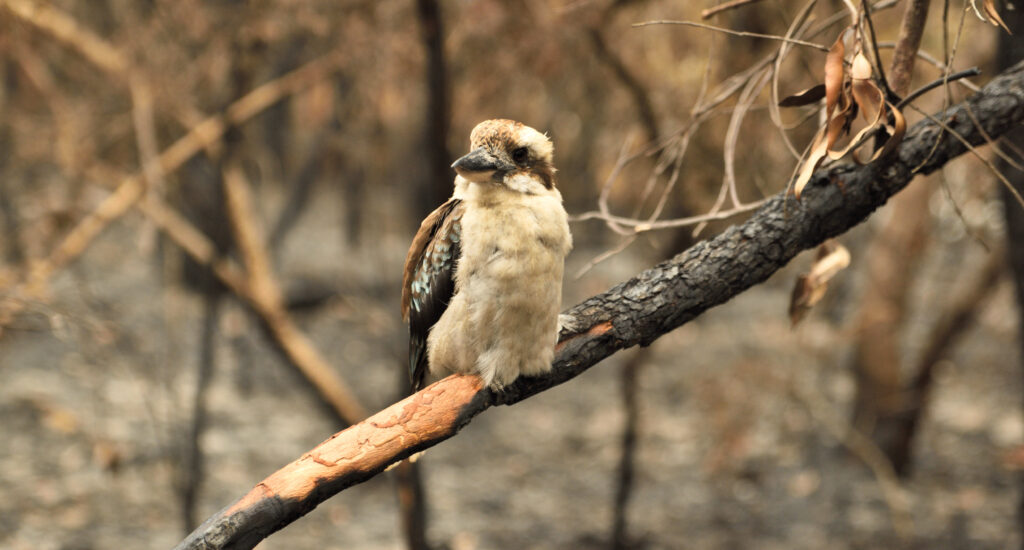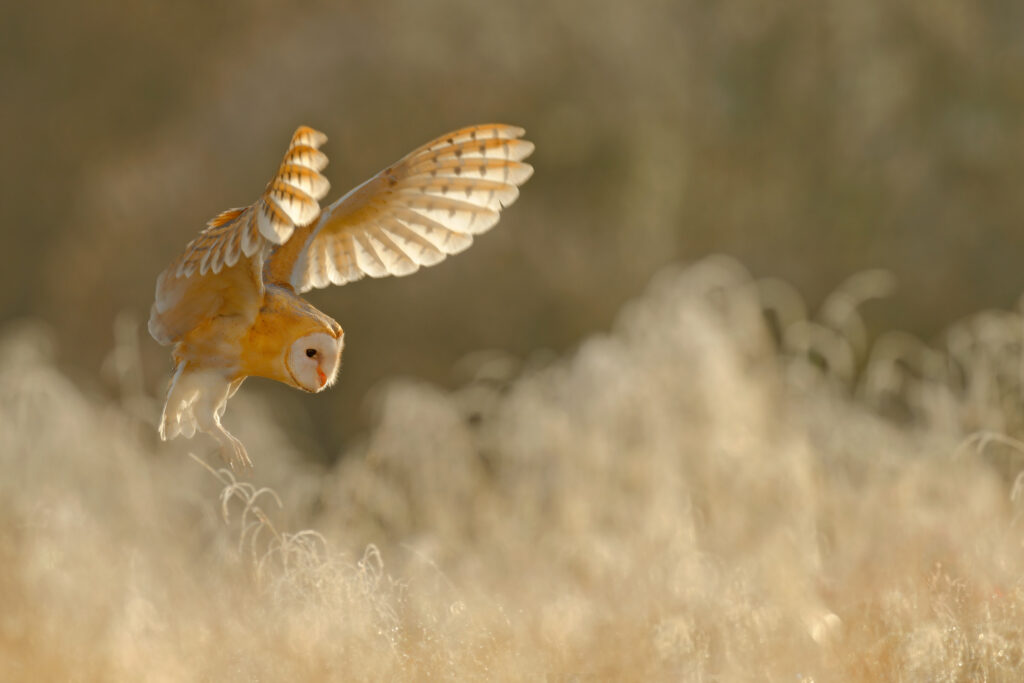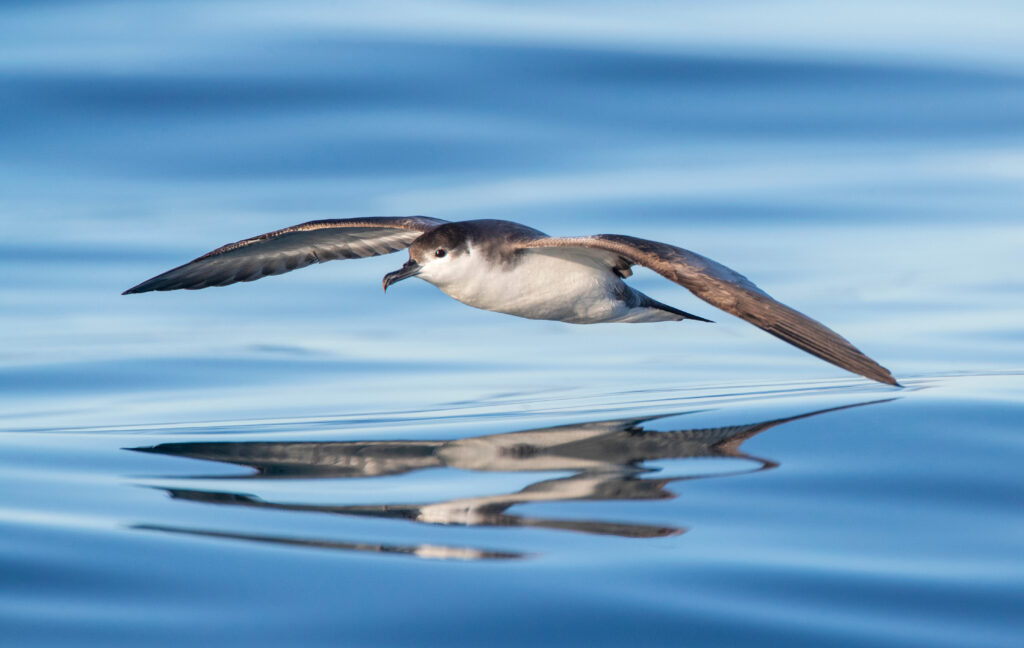What ongoing heatwaves could mean for bird populations around the globe

With a 25-day streak of days above 40 degrees C (105 F) in Phoenix, Arizona, fires raging on the Greek islands, and a national record of 52 degrees C (125 F) in northwest China, the Northern Hemisphere has had its hottest summer on record for the past 120,000 years. And some birds in these regions are now struggling to survive the record heat.
Although birds can fly, many of them do not attempt to escape the boiling regions. Even if they did, other species already occupy cooler territories and would prevent them from settling. Birds are often specifically adapted to their own ecosystems, and over the summer months in the Northern Hemisphere, birds are nesting, incubating eggs or have young chicks in their nest. Throughout the current heatwave in Arizona, animal shelters began reporting that many nestlings had been found on the ground. It is likely these young birds were attempting to escape the direct heat from their nests and as they are too young to fly, did not survive crashing to the ground. (Phoenix is too hot for some baby birds, as the heat wave persists – The Washington Post).
Birds that live in environments which are often exposed to extreme heat, such as arid habitats in Australia, can tolerate these temperatures to a degree, moving away from tree tops to cool shady hollows. However, as temperatures soar past all known records, birds are increasingly at risk of mortality from dehydration and hyperthermia. Research from Australia also shows that smaller birds are at greater risk of mortality. In January 2009, birds such as Budgerigars and Zebra Finches died in their thousands due to air temperatures exceeding 45 degrees C (113 F). (Avian mortality risk during heat waves will increase greatly in arid Australia during the 21st century)

When birds do eventually leave their shelters for food and water, there’s no guarantee that they will find any. Other wildlife face similar threats with water bodies having dried up from the heat. In Arizona, helicopters are being used to deliver water to designated locations just for the purpose of hydrating the wildlife (Arizona officials replenish wildlife water supplies during heat wave – The Washington Post). While this puts a temporary bandage over the current problem, it leads to questions about the future survivability of these landscapes. If pollinators, grazers, and nutrient recycling wildlife can’t continue to survive in the deserts of the American Southwest, the entire ecosystem will collapse.
Heatwaves over the oceans and seas pose serious risks to seabirds. The warm surface water becomes inhospitable for many fish, so they dive deeper to seek cooler water. Seabirds often spend days or months at a time out at sea and depend on fish for food, but if fish are too far below the surface, the birds won’t be able to reach them and will perish from starvation. Just last month, 300 birds including shearwaters and gulls perished off the Pacific coast of Mexico, with more recorded deaths along Peru and Chile (Mortandad de aves en el Pacífico fue provocada por calentamiento en aguas del océano (eleconomista.com.mx)). From 2014 to 2019 five separate events left hundreds of thousands of seabirds, including Tufted Puffins and Common Murres, washed up on the stretch of coastline between California and Alaska because of this very issue (Marine heat waves caused mass seabird die-offs, beach surveys show | UW News (washington.edu)). Separate reports from the Atlantic and Mediterranean have shown mass seabird deaths in Europe after major heat events as well.
While heat related bird deaths have been recorded across the Americas in recent weeks, similar incidents have luckily not yet been reported in other regions. But that does not mean birds won’t be impacted by the rise in temperatures this year.The current heat in the Mediterranean region has been accompanied by dry conditions. Despite many bird species in the region being relatively heat tolerant, the dried vegetation not only increases the fire risk in the area, but also leaves many birds without the food they require for their young.
Lesser Kestrels around the Mediterranean basin eat grasshoppers that feed on grasses and other vegetation. If a sufficient number of grasshoppers aren’t able to survive off of the dried vegetation, then the Kestrels won’t be able to feed themselves or their nestlings (Extreme events are more likely to affect the breeding success of lesser kestrels than average climate change | Scientific Reports (nature.com)). For birds that are already facing the mortality of nestlings and eggs because of heat in their nests, this additional stress will negatively impact the future generations of the species (Global Change Biology | Environmental Change Journal | Wiley Online Library).

Wetland locations in Central and East Asia are homes to millions of migratory birds from the Central Asian Flyway and East Asian Australasian Flyway. Many of these species travel thousands of miles from the wetlands of the Indian Subcontinent and Southeast Asia where they spend the winter, to the wetlands of Siberia, China and Mongolia, where they breed. These northern landscapes, however, have not been immune to the heat waves sweeping across the globe.
All of these far-ranging heatwaves have been linked to human caused climate change. Unfortunately, this means that we should expect to see heatwaves continue and worsen with time. Many species of birds will be put under increasing stress, on top of the mounting pressures from habitat loss, hunting, bycatch and trade that they may already face. However, healthy populations of birds are necessary for keeping our plants growing, keeping coral reefs healthy, keeping pests at bay and overall maintaining healthy ecosystems (State of the World’s Birds – BirdLife International). And healthy ecosystems are crucial for helping us cool the planet.
“In these areas across central to western China and Mongolia, landbirds such as thrushes, warblers and even colonial nesting waterbird species can be expected to face similar problems that we see in other regions, with egg failures, abandoned nests, as well as injury and mortalities from heat stress. Last year, heat waves across northern India in summer had similar consequences and hundreds of birds were recovered suffering from dehydration and heat stress. ”
Dr Ding Li Yong, BirdLife’s Asia Flyway Coordinator
The recent passing of the EU Nature Restoration Law was a first step toward ensuring that birds will have the homes that they need to survive (The EU Nature Restoration Law survived the vote in Parliament. What now? – BirdLife International). Now we need to continue the fight against climate change and seek opportunities to make a nature positive future our reality.
Don’t despair! We know the crisis can be overwhelming and it’s hard to hear about the way birds are suffering because of it. However, by reading this article, sharing it with others and supporting conservation, you are putting direct pressure on decision-makers who have the power to make the changes our planet desperately needs. The more people who show they care, the more pressure we put on those in power.